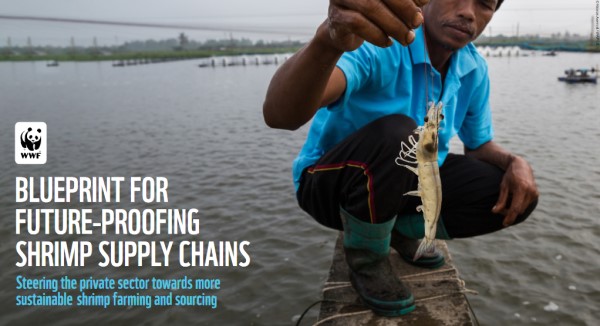
The World Wildlife Fund says that shrimp is “the most valuable traded seafood by volume, representing $32 billion in annual trade.” With that kind of endorsement, it’s no wonder that farmed shrimp may be a great weapon in combating the growing worldwide demand for animal protein. How? By doing more with less.
Despite that rather heroic outlook, farmed shrimp is seen by some as a very socially and environmentally destructive commodity. Industry businesses have, however, teamed up to address those issues. A new blueprint from the WWF aims to take lessons learned from transforming the shrimp farming industry and apply them to other similar industries. Here’s a quick look at their blueprint for transforming the farmed shrimp industry first.
The Blueprint
After working in aquatic farming of shrimp for over 20 years, WWF has developed The Blueprint for Future Proofing Shrimp Supply Chains. This is a challenge to – and roadmap for – businesses that buy, sell, produce, or benefit from farmed shrimp to achieve the following by 2025:
- Traceability of farmed shrimp and the feed ingredients used in production
- No conversion of natural ecosystems post-1999 levels
- A 30% decrease in farm and feed use of natural resources
- Secure human and labor rights throughout the value chain
- Transparent reporting to track progress toward goals







